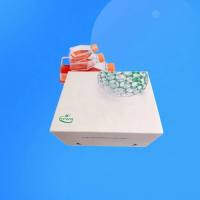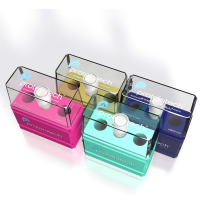Phage Display Technology for Identifying Specific Antigens on Brain Endothelial Cells
互联网
692
The development of efficient ways to deliver large molecules such as peptides, proteins, and nucleic acids across the blood-brain barrier (BBB) is crucial to future therapeutic strategies for treatment of central nervous system (CNS) disorders. The principal approach to deliver macromolecules across the BBB is the development of chimeric peptides (1 ). Ligands to various receptors that undergo transcytosis across brain capillary endothelium and are essential for physiological transport of proteins, including transferrin, insulin growth factor, and low-density lipoprotein, into the brain are used as vectors to deliver drugs or therapeutic peptides chemically linked to the ligand (1 ,2 ). This process is known as receptor-mediated endocytosis/transcytosis. An anti-transferrin receptor antibody (OX-26), for example, has been used to deliver endorphin, vasoactive intestinal peptide, and brain-derived neurotrophic factor (1 ), as well as oligonucleotides and plasmid deoxyribonucleic acid (DNA) (2 ) into the brain parenchyma. Further development of this approach requires rapid discovery of other suitable receptors/antigens expressed on human BBB endothelium that undergo transcytosis upon ligand binding.









